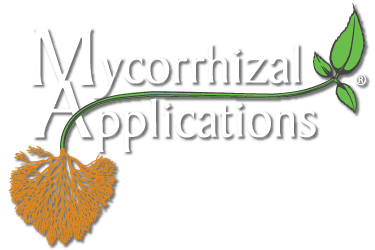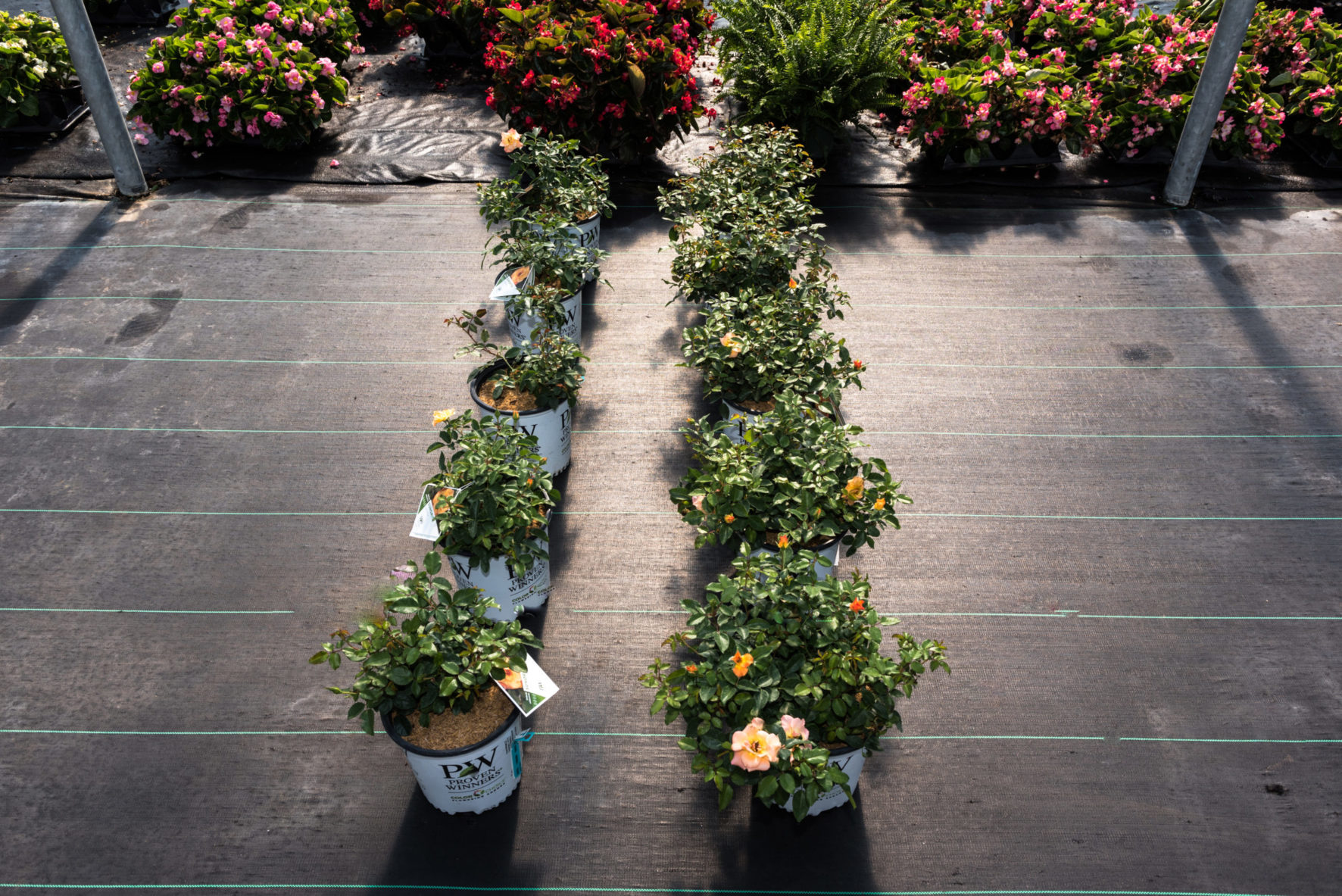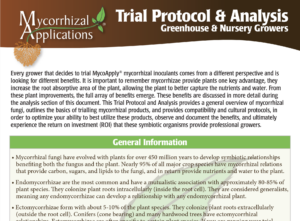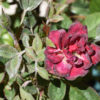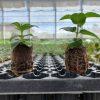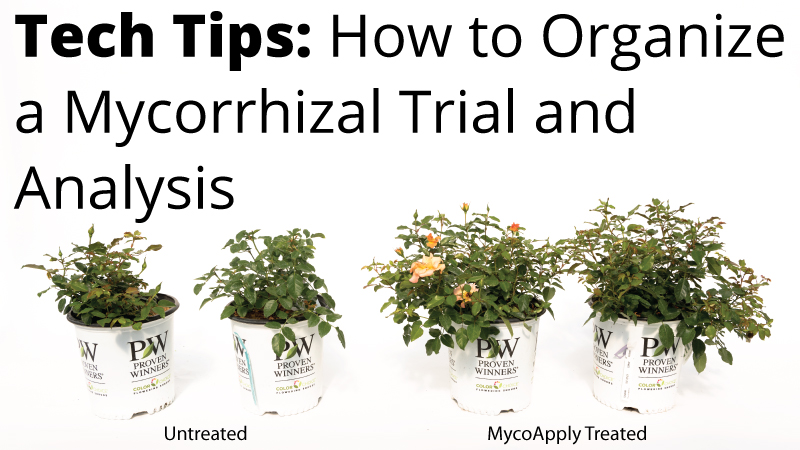
Even though it has been estimated that mycorrhizae have been around for over 450 million years, and many of us have been introduced to mycorrhizae through some educational or communication format over the years, most of us are still unfamiliar enough with mycorrhizae that I thought it would be beneficial to share with you a trial and analysis protocol for trialing mycorrhizae so you can better determine how the use of mycorrhizae can best benefit you and your greenhouse or nursery operation. Plus, even when you’ve already done all of the research, there’s nothing like seeing the results with your own eyes in your own operation.
Trial Protocol
The first step in the trial protocol is plant selection. Often growers want to trial “problem” plants. This often is a poor choice. Since the plant is probably a “problem” plant due to several factors that may not all be positively impacted by the addition of mycorrhizae. We suggest you conduct your mycorrhizal trial with a plant that is key to the success of your business and a core part of your plant offering. Mycorrhizae can benefit specialty portions of your product offering, but the best return on investment will come from when mycorrhizae use positively impacts your top sellers.
The next step is to determine which type of mycorrhizae positively impacts the plants you want to trial. (Please refer to this article for more information about the various types of mycorrhizal fungi: https://mycorrhizae.com/endo-ecto-other-oh-my/). About 80-85 percent of all plants are Endomycorrhizal. This includes most greenhouse crops. About 5-10 percent of plants are Ectomycorrhizal. This includes conifers (cone-bearing, not evergreen) and many hardwood trees. So, for most nurseries, you will either need an Endo/Ecto product or trial both an Endo and Ecto mycorrhizal product separately. Five to ten percent of all plants either need a specialty mycorrhiza not commercially available (Ericaceae and Orchidaceae) or the plants are non-mycorrhizal (Brassicaceae and Caryophyllaceae). The exact relationship between the plant and mycorrhizae type can be found on our website (here: https://mycorrhizae.com/mycorrhizal-status-of-plant-families-and-genera/). If you know the trial plant’s family, genus, or common name, you should be able to determine the correct pairing using this searchable interactive database.
Updated Trial Protocol & Analysis Tool
The next steps in the trial protocol and analysis process are all included in a recently updated document titled Mycorrhizae Trial Protocol and Analysis which is found on Mycorrhize.com.
Greenhouse-Trial-Protocol-Analysis-v3.1-20230104
Keep Us In-The-Loop
Another important part of any mycorrhizae trialing, and analysis and that is not included in the updated document is the important step of involving the Mycorrhizal Applications Sales Team to support your trialing activities. Their contact information is found on the Mycorrhizal Applications website under “Contact, Meet the Sales Team”.
If you have any questions about anything covered in this article, the new trail protocol and analysis or MycoApply Mycorrhizae, please contact your local Mycorrhizal Applications Representative or call 866-476-7800 or email us at inquiries@mycorrhizae.com.
